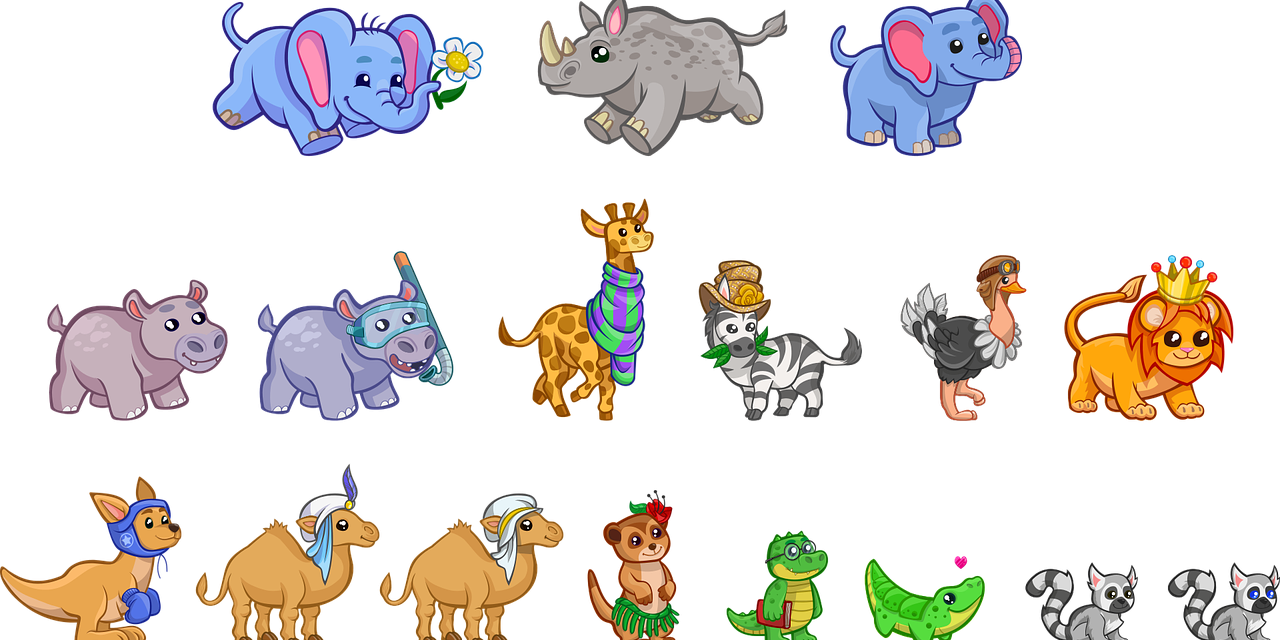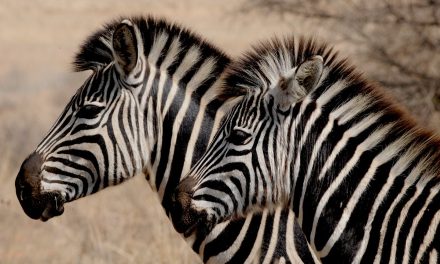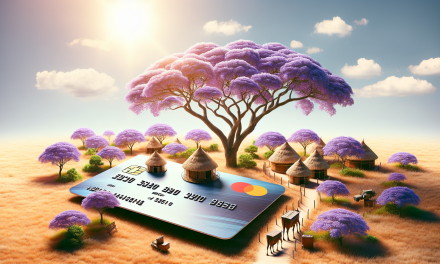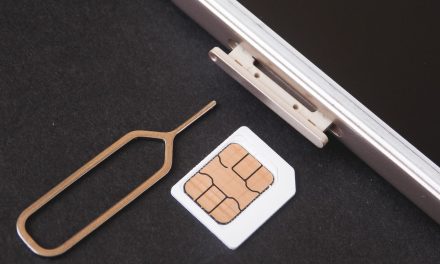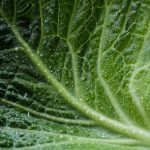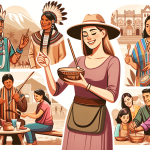So, you’re planning a trip to Zimbabwe, huh? Well, if you’re wondering when is the best time to visit this extraordinary country, then you’ve come to the right place. Zimbabwe is a land of stunning natural beauty, cultural diversity, and abundant wildlife, and choosing the perfect time to explore its wonders can make all the difference. From breathtaking safaris in Hwange National Park to the mesmerizing Victoria Falls, there’s plenty to discover in this African gem. But before you start packing your bags, let’s take a closer look at the optimal time to experience Zimbabwe’s awe-inspiring landscapes and vibrant culture.

Weather and Climate
Dry Season
The dry season in Zimbabwe typically runs from May to October, offering visitors pleasant and comfortable weather conditions. During this period, the skies are clear, and rainfall is rare. Temperatures are generally mild to warm, ranging from 20 to 30 degrees Celsius (68 to 86 degrees Fahrenheit) during the day, with cooler nights. The lack of rainfall means that the vegetation is less dense, making it easier to spot wildlife in national parks and game reserves.
Wet Season
The wet season in Zimbabwe occurs from November to April, bringing heavy rains and a lush green landscape. While the rainfall can vary, the country experiences its highest precipitation during this time, particularly in December, January, and February. The wet season is characterized by high humidity and temperatures ranging between 25 to 35 degrees Celsius (77 to 95 degrees Fahrenheit). The increase in rainfall leads to lush vegetation and replenished water sources, attracting a wide variety of wildlife.
Wildlife Viewing
Dry Season
The dry season is widely regarded as the best time for wildlife viewing in Zimbabwe. With the reduced foliage and scarcity of water sources, animals tend to gather around the remaining waterholes and rivers, providing excellent game viewing opportunities. As the vegetation thins out, it becomes easier to spot wildlife, including elephants, lions, zebras, giraffes, and numerous bird species. Hwange National Park and Mana Pools National Park are particularly popular during the dry season for their abundant wildlife sightings.
Wet Season
Although wildlife viewing during the wet season can be more challenging, it offers a unique experience for nature enthusiasts. The ample rainfall transforms the arid landscapes into lush, green habitats, attracting migratory birds and providing plenty of food for herbivores. The wet season is the time when many young animals are born, and predators take advantage of the abundance of prey. Some lodges in Zimbabwe offer specialized wet season activities, such as guided birdwatching tours and boat safaris along flooded plains.
Safari Experiences
Dry Season
The dry season provides optimal conditions for traditional land-based safaris in Zimbabwe. With the thinning vegetation and limited water sources, animals become more concentrated, increasing the chances of spotting them during game drives or walking safaris. The dry season is also the best time for exploring the remote reaches of the country, including the remote and pristine areas of Gonarezhou National Park and the Matobo Hills. These unique safari experiences allow you to immerse yourself in the untouched African wilderness.
Wet Season
While the wet season poses some challenges for land-based safaris due to the rain and dense vegetation, it presents opportunities for alternative safari experiences in Zimbabwe. Some safari lodges offer specialized activities during this time, such as boat safaris, canoeing trips, and guided walks through the rain-soaked landscapes. These activities can offer a different perspective on the country’s wildlife and allow you to explore areas that are inaccessible during the dry season.
Birdwatching
Dry Season
For avid birdwatchers, the dry season offers an exceptional opportunity to witness Zimbabwe’s diverse avian population. As the foliage thins out, many bird species become more visible and active, making it easier to spot and identify them. The dry season coincides with the breeding season for numerous bird species, resulting in beautiful displays of courtship rituals and vibrant plumage. Popular birdwatching destinations during this time include the Eastern Highlands, Mana Pools National Park, and the Matobo Hills.
Wet Season
The wet season is a paradise for birdwatching enthusiasts, as migratory birds flock to Zimbabwe’s wetlands and other water-rich areas. The abundance of food and nesting sites attracts a wide variety of species, including herons, storks, and ducks. The rain-soaked landscapes create a vibrant backdrop for birdwatching, with the calls and songs of various species filling the air. Victoria Falls is another fantastic spot for birdwatching during the wet season, as the surrounding rainforest teems with avian life.

Victoria Falls
Dry Season
The dry season provides a unique opportunity to witness the awe-inspiring Victoria Falls in all its glory. With reduced rainfall, the Zambezi River’s flow diminishes, allowing for a better view of the massive curtain of falling water. The spray and mist from the falls are not as heavy during this time, ensuring a clearer view and a more immersive experience. It is worth noting that the volume of water at Victoria Falls varies throughout the year, and the dry season showcases the falls in a more dramatic and impressive manner.
Wet Season
While the dry season showcases the grandeur of Victoria Falls, the wet season offers a different perspective. The higher rainfall during this time results in a greater volume of water cascading over the falls. The spray and mist generated by this immense flow create a mystical atmosphere and vibrant rainbows. Witnessing the sheer power and intensity of Victoria Falls during the wet season is a truly unforgettable experience, although it may be more challenging to capture clear photographs due to the increased spray.
Travel Costs
Peak Season
The peak season in Zimbabwe corresponds with the dry season, particularly from June to October. As this period offers optimal conditions for wildlife viewing and safari experiences, accommodation rates and travel costs tend to be higher. Popular national parks, such as Hwange and Mana Pools, can become more crowded, leading to increased demand for lodges and safari activities. It is advisable to book your accommodations well in advance if you plan on traveling during the peak season to secure availability and potentially take advantage of early booking discounts.
Low Season
The low season in Zimbabwe encompasses the wet season, mainly from November to April. During this time, accommodation rates and travel costs tend to be lower due to reduced demand. While the wet season may bring its own set of challenges, it offers unique experiences and a more intimate connection with nature. Wildlife sightings may be less frequent, but the lush landscapes and migratory birds compensate for the decreased animal activity. Traveling during the low season can also provide an opportunity for budget-conscious travelers to explore Zimbabwe without breaking the bank.
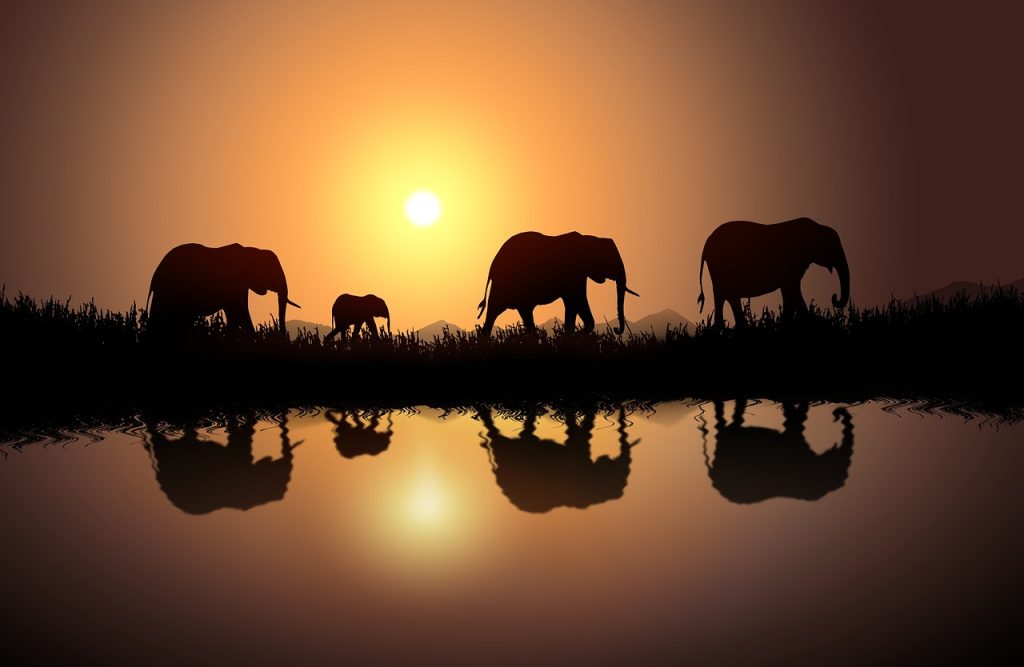
Crowd Levels
Peak Season
The peak season in Zimbabwe, occurring during the dry season from June to October, sees an increase in tourist numbers and crowds. Popular national parks and game reserves, such as Hwange and Mana Pools, can become quite busy during this time. While the wildlife viewing opportunities are fantastic, it is important to manage your expectations and be prepared for sharing the experience with other visitors. To avoid the peak crowds, consider visiting lesser-known parks or reserving private activities that provide a more exclusive safari experience.
Low Season
The low season in Zimbabwe experiences fewer tourist crowds, particularly during the wet season from November to April. This can create a more peaceful and immersive experience, with fewer visitors vying for wildlife sightings and natural attractions. Traveling during this time allows you to explore the country’s parks and reserves without feeling overwhelmed by large groups of tourists. Having fewer people around can also provide a more serene atmosphere, allowing you to fully appreciate the tranquility of the African wilderness.
Special Events and Festivals
Harare International Festival of the Arts
The Harare International Festival of the Arts (HIFA) is a prominent cultural event held annually in Zimbabwe’s capital city, Harare. Taking place in late April or early May, HIFA showcases a wide range of artistic performances, including music, dance, theater, and visual arts. The festival attracts both local and international artists, creating a vibrant and diverse atmosphere. Attending HIFA provides an opportunity to immerse yourself in Zimbabwean arts and culture, making it an excellent addition to your visit if you have an interest in the creative scene.
Bulawayo Arts Festival
The Bulawayo Arts Festival is another significant cultural event in Zimbabwe, held in the city of Bulawayo in late May or early June each year. This festival celebrates local talent and aims to promote and preserve Zimbabwean culture through various art forms. From traditional music and dance performances to contemporary art exhibitions, the Bulawayo Arts Festival offers visitors a chance to engage with Zimbabwe’s rich cultural heritage. If you are interested in experiencing the country’s artistic traditions and witnessing the skills of local artists, adding this festival to your itinerary is highly recommended.
Personal Preferences
Tolerance for Heat and Humidity
When considering the best time to visit Zimbabwe, it is important to take into account your personal tolerance for heat and humidity. The dry season offers milder temperatures and lower humidity levels, providing a more comfortable climate for outdoor activities. However, if you can withstand higher temperatures and humidity, the wet season allows you to witness the lush landscapes and experience unique wildlife sightings.
Desire for a Balance of Wildlife and Comfort
If you prioritize comfortable weather conditions and optimal wildlife viewing opportunities, the dry season is the ideal time to visit Zimbabwe. The reduced foliage and scarcity of water sources during this period make it easier to spot wildlife, while the mild temperatures create a pleasant safari experience. However, if you are willing to embrace the wet season’s challenges, you will be rewarded with lush landscapes, vibrant birdlife, and the chance to witness wildlife interactions during the breeding season.
Budget Considerations
If budget considerations play a significant role in your travel plans, visiting Zimbabwe during the low season can be advantageous. The wet season offers lower travel costs and accommodation rates, allowing you to explore the country while potentially saving money. However, keep in mind that some activities or lodges may have limited availability during this time. If budget is not a primary concern, traveling during the dry season provides a wider range of options in terms of accommodation, activities, and park accessibility.
Conclusion
Choosing the best time to visit Zimbabwe depends on your preferences, interests, and priorities. The dry season offers excellent wildlife viewing opportunities, comfortable weather conditions, and stunning views of Victoria Falls. On the other hand, the wet season presents lush landscapes, vibrant birdlife, and the chance to witness unique wildlife behaviors and interactions. Consider your tolerance for heat and humidity, desire for a balance of wildlife and comfort, and your budget when making a decision. Regardless of the season you choose, Zimbabwe’s natural beauty, rich wildlife, and vibrant culture will undoubtedly leave a lasting impression on your visit.

